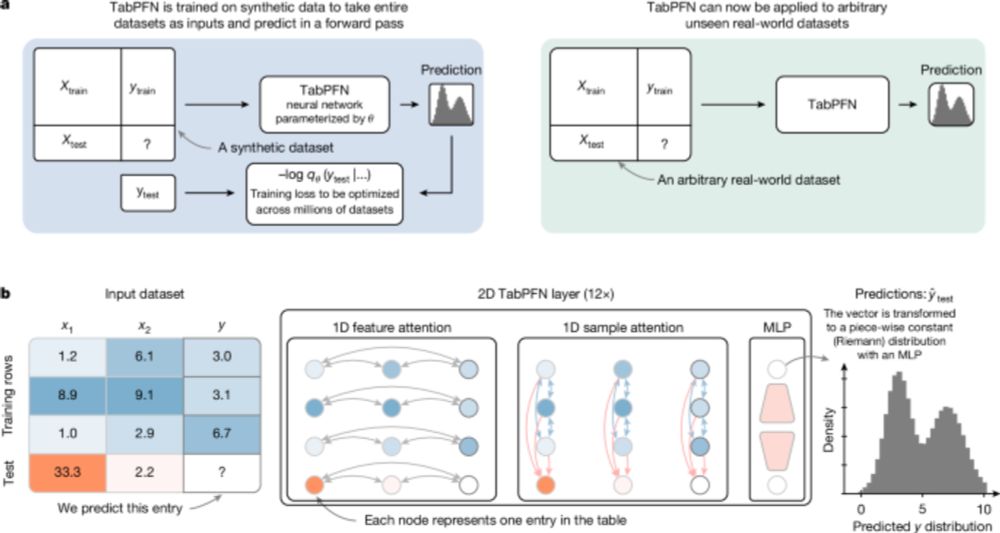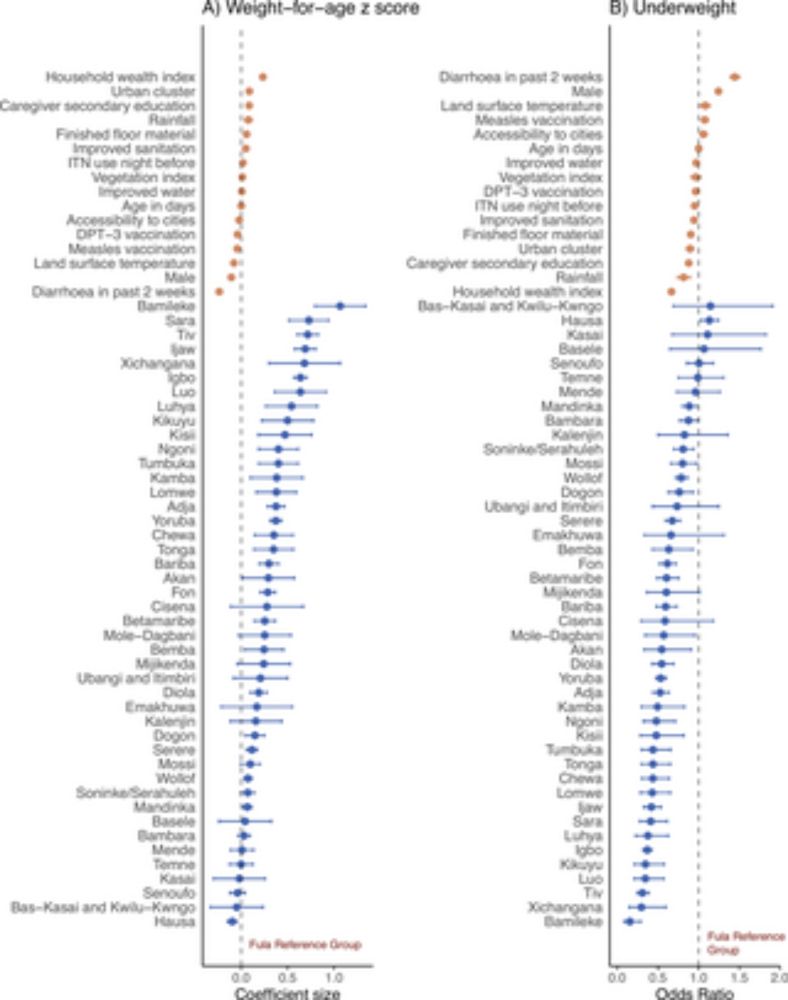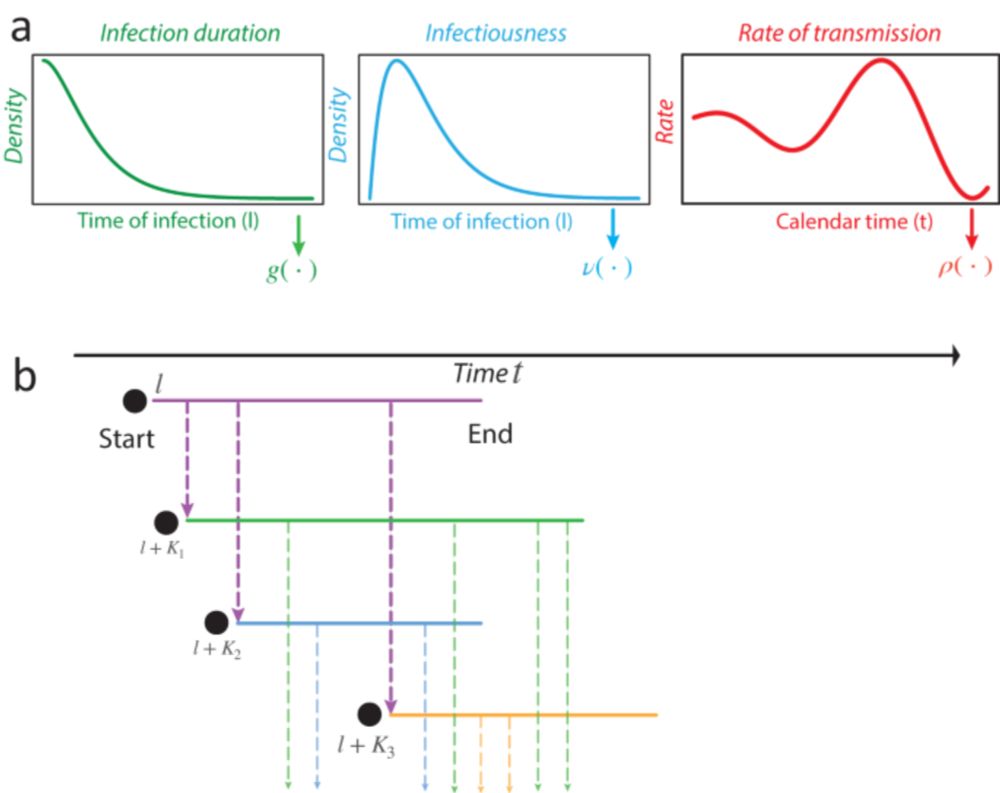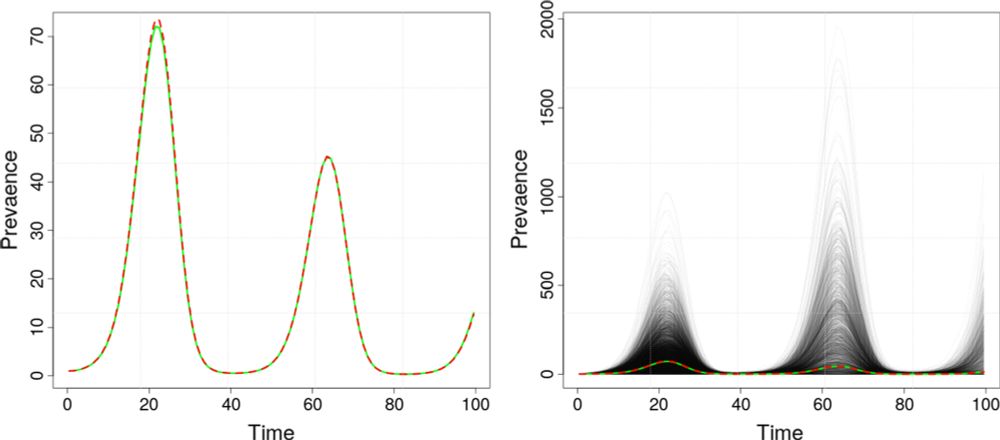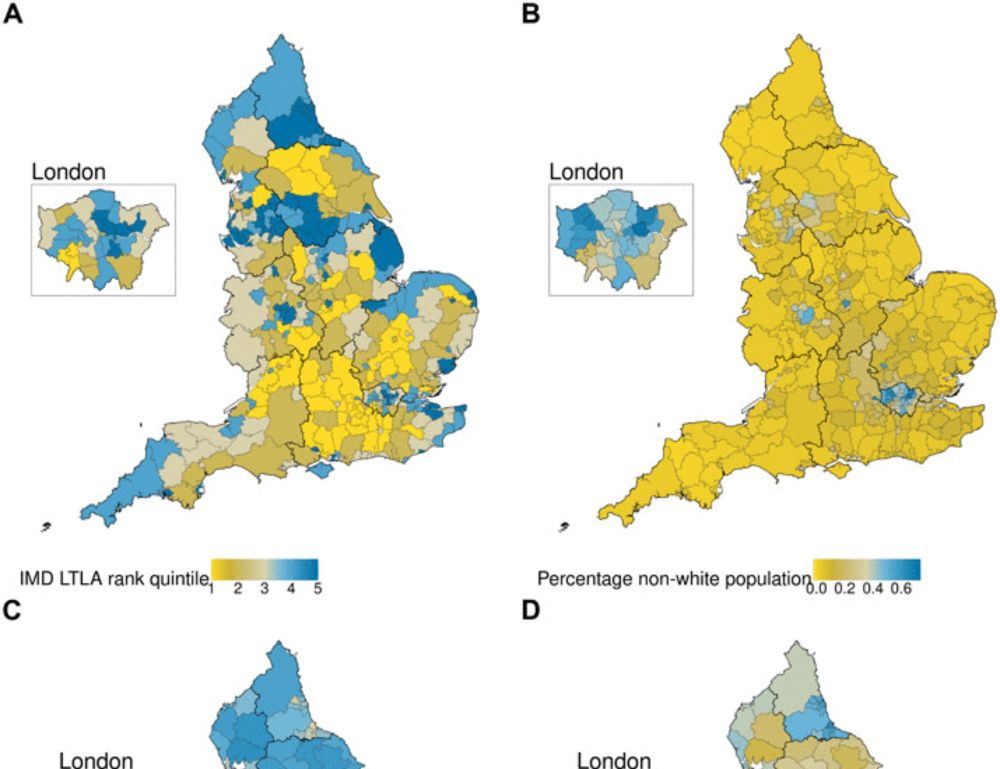
Socioeconomic and temporal heterogeneity in SARS-CoV-2 exposure and disease in England from May 2020 to February 2023
Deprivation and ethnicity influenced COVID-19 outcomes, revealing health inequalities and vaccine effectiveness in the pandemic.
Read more about socioeconomic & temporal heterogeneity in SARS-CoV-2 exposure in England (May 2020 - Feb 2023) in this @science.org publication 👇
doi.org/10.1126/scia...
@imperialcollegeldn.bsky.social@imperialsph.bsky.social @thomrawson.bsky.social @sjbhatt.bsky.social @cm401.bsky.social
27.06.2025 14:24 — 👍 0 🔁 1 💬 0 📌 0
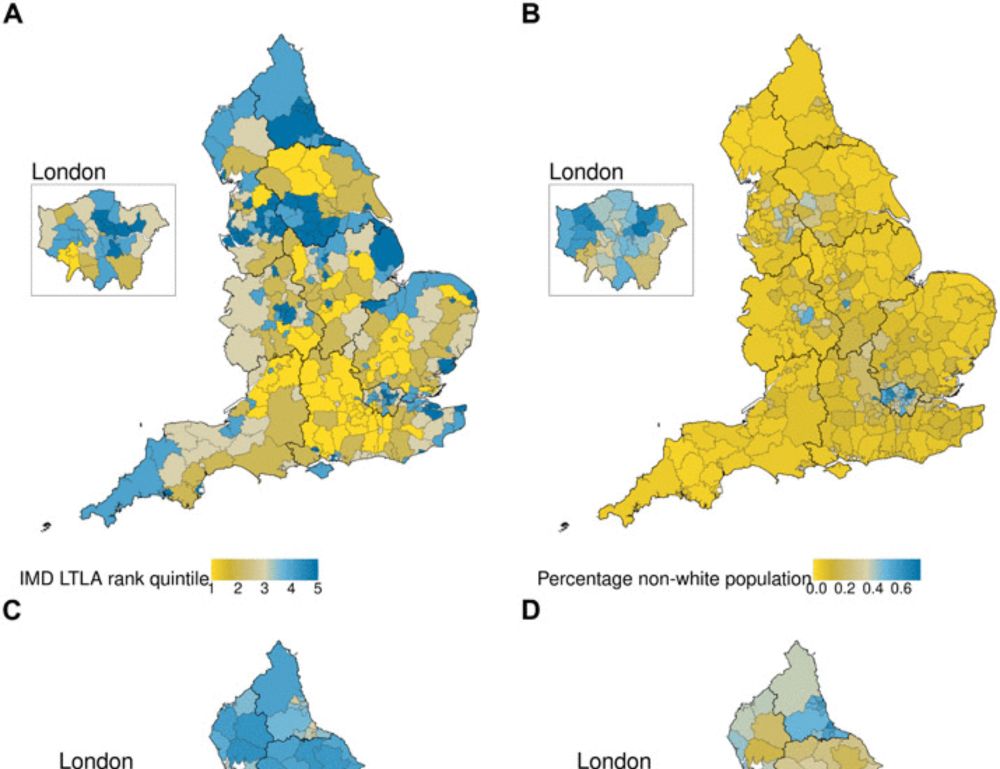
Socioeconomic and temporal heterogeneity in SARS-CoV-2 exposure and disease in England from May 2020 to February 2023
Deprivation and ethnicity influenced COVID-19 outcomes, revealing health inequalities and vaccine effectiveness in the pandemic.
We are excited to have a new paper published in Science Advances on Socioeconomic and temporal heterogeneity in SARS-CoV-2 exposure and disease in England — a great team effort led by @sjbhatt.bsky.social and Prof Neil Ferguson, in collaboration with the whole team.
www.science.org/doi/10.1126/...
24.05.2025 09:25 — 👍 0 🔁 1 💬 0 📌 0
Thoughts on how AI can help prepare for the next pandemic - Thanks for having led this work @mugkraemer.bsky.social Joseph L.-H. Tsui Serina Y. Chang, @sjbhatt.bsky.social - it is an honour to be part of it!
20.02.2025 13:29 — 👍 6 🔁 2 💬 0 📌 0
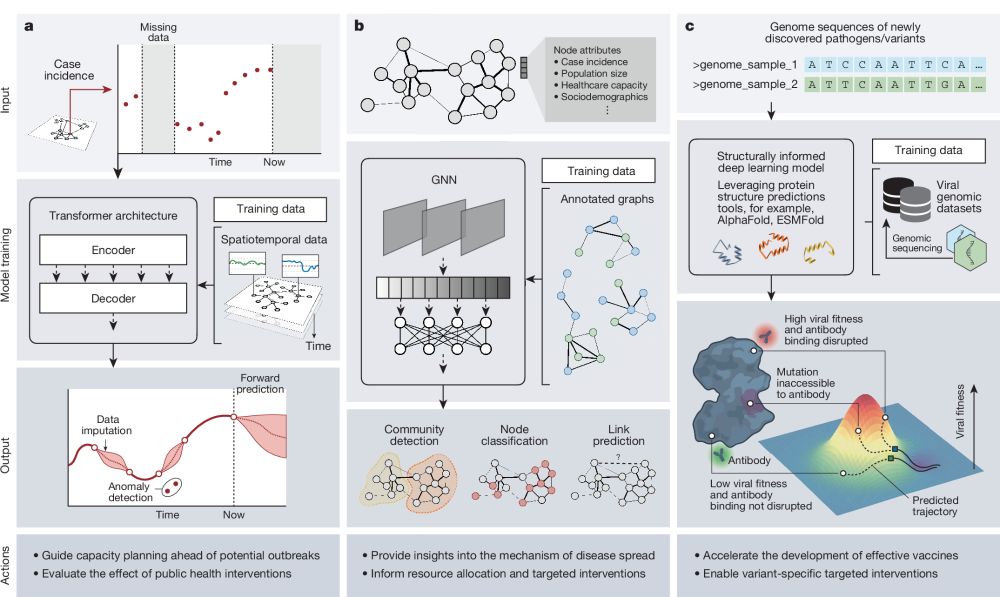
Artificial intelligence for modelling infectious disease epidemics
Nature - This Perspective considers the application to infectious disease modelling of AI systems that combine machine learning, computational statistics, information retrieval and data science.
AI is poised to accelerate understanding in infectious diseases, but its value needs to be demonstrated through close collaboration between research, industry, society, and policy.
Paper free to read: rdcu.be/eaxEw
Summary here: www.ox.ac.uk/news/2025-02...
20.02.2025 10:13 — 👍 68 🔁 31 💬 3 📌 5
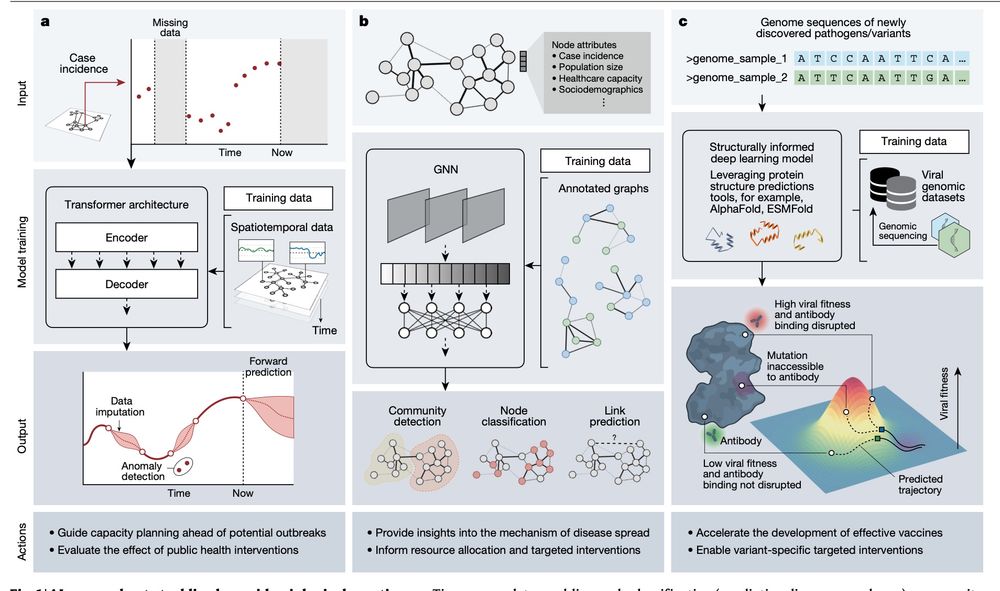
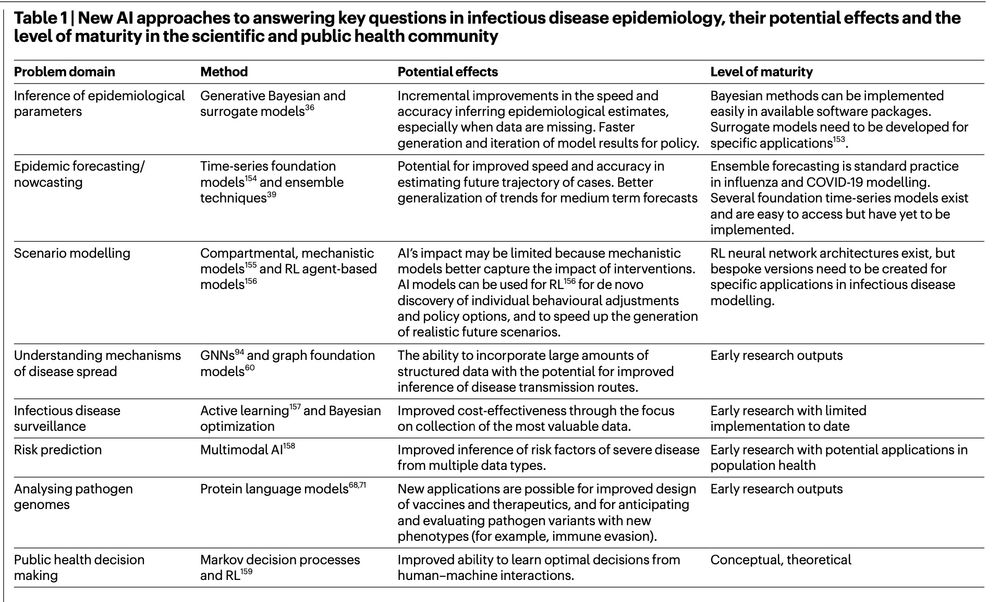
New @nature.com
How #AI can play a pivotal role in future pandemic preparedness and mitigation, with caveats
nature.com/articles/s41...
a privilege to join this global collaborative effort led by Moritz Kraemer and Samir Bhatt
19.02.2025 18:12 — 👍 74 🔁 21 💬 1 📌 0
Looking forward to digging into this. Co-authors include
@mghafari.bsky.social & @mugkraemer.bsky.social.
"Large-scale genomic surveillance reveals immunosuppression drives mutation dynamics in persistent SARS-CoV-2 infections"
www.medrxiv.org/content/10.1...
16.02.2025 17:37 — 👍 26 🔁 8 💬 1 📌 0
Alessandro Micheli, M\'elodie Monod, Samir Bhatt
Diffusion Models for Inverse Problems in the Exponential Family
https://arxiv.org/abs/2502.05994
11.02.2025 08:08 — 👍 1 🔁 1 💬 0 📌 0
Ill be very curious to see how this new foundation model performs on different data, and will be pleasantly surprised if boosting is finally outperformed, its been king for a while....
09.01.2025 20:01 — 👍 0 🔁 0 💬 0 📌 0

The Intrinsic Dimension of Images and Its Impact on Learning
It is widely believed that natural image data exhibits low-dimensional structure despite the high dimensionality of conventional pixel representations. This idea underlies a common intuition for the r...
Deep learning seems unreasonably effective. But many areas it succeeds in, the data have nice properties. For example, images, arxiv.org/abs/2104.08894 . Which might seem complex, but lie on low-dimensional manifold. Most images are locally connected, which is why spatial analysis works so well.
09.01.2025 20:01 — 👍 1 🔁 0 💬 1 📌 0
Took us some time to get this out. Shows how one metric fits all can be dangerous. Thanks to all co-authors.
04.01.2025 03:26 — 👍 5 🔁 1 💬 0 📌 0
While this is all quite technical, the framework we present and the code is relatively simple, and opens new avenues to using renewal type models to estimate importation and transmission dynamics from observed data.
09.12.2024 13:13 — 👍 0 🔁 0 💬 0 📌 0
We also utilise the popular result of Barbour and Reinert to toggle a stochastic-deterministic switch to make computation faster. Using this framework we can calculate useful statistics like first passage times and times to extinction.
09.12.2024 13:13 — 👍 0 🔁 0 💬 1 📌 0
In this new work, we have tried to apply this framework to looking at importation dynamics. The long story short is, we extend our process to a marked Poisson process and are still able to numerically compute (via vectorised computation) the probability generating function.
09.12.2024 13:13 — 👍 0 🔁 0 💬 1 📌 0
grew up as a human in Ukraine, grew up as a scientist in USA | stochastic processes | statistical modeling | infectious disease dynamics | phylogenetics | systems biology | DEI in STEM/Statistics | faculty @ucirvine.bsky.social
http://vnminin.github.io
Research Fellow @oxfordbiology.bsky.social · Viruses and their various hosts · Currently studying avian flu 🦠 in seals 🦭 · Miscellanea · Tangents off tangents
Our new section brings together cutting edge research, methodology and teaching to bring about new advances in health data science!
Lead researchers include prof Søren Brunak, prof Samir Bhatt and prof Anders Krogh.
📨 HDSAI@sund.ku.dk
PhD in computer science (formal methods), postdocing in computational chemistry. Schmidt Science Fellow 2023
Epigenetic Inheritance, Neuroscience & anything biology-related
https://www.odedrechavilab.com/
TED: https://shorturl.at/myFTY
Huberman Lab Podcast: https://youtu.be/CDUetQMKM6g
Full professor for Computational Evolution at ETH Zürich
Infectious diseases & genomics. Immunologist in (voluntary) exile. Minimal sarcasm. Fierce HOA (Hater of Acronyms). Personal account - opinions expressed are my own and not those of my employer.
Mostly malaria.
PATH, AMMnet.
Views expressed are my own
I’m here.
https://gkarthik.com/
PhD student of applied statistics and causal inference
PhD student @ucph.bsky.social, previously: @logitech.bsky.social @neuroxepfl.bsky.social
Research Fellow @ University of Oxford| Infectious Disease Modelling | Scientist
Mathematical, statistical, and ML-based modelling of infectious diseases
Research fellow in mathematical modelling of infectious diseases, Montpellier University
Prof at #UCDavis
Interests: evolution, ecology, function & phylogenomics of host-microbe/microbiome symbioses; #openscience; #birds; baseball; T1D
Lab phylogenomics.me
Pics jonathaneisen.smugmug.com
Links linktr.ee/jonathaneisen
TED go.ted.com/6WPm
We are Imperial’s world-changing Faculty of Medicine. Where scientific imagination leads to biomedical discovery and clinical progress for the benefit of humanity.
Study with us: https://www.imperial.ac.uk/medicine/study/
📍 Imperial College London
physician-scientist, author, editor
https://www.scripps.edu/faculty/topol/
Ground Truths https://erictopol.substack.com
SUPER AGERS https://www.simonandschuster.com/books/Super-Agers/Eric-Topol/9781668067666
Research Bioinformatics @ Genomics England. Views expressed here are my own
Statistics -- Methodology (stat.ME)
source: export.arxiv.org/rss/stat.ME
maintainer: @tmaehara.bsky.social
Imperial PhD Student, Infectious disease epidemiology modelling/forecasting Covid/Flu/RSV and Irish Rugby enthusiast
PhD Fellow at UCPH 🇩🇰 Epidemiology | Statistician | Loves #rstats







